Grooving stands out as a critical machining operation in the CNC Machining process. Employed to cut narrow grooves on the workpiece’s surface, grooving operations play a signification role in the CNC milling process used across various machining processes.
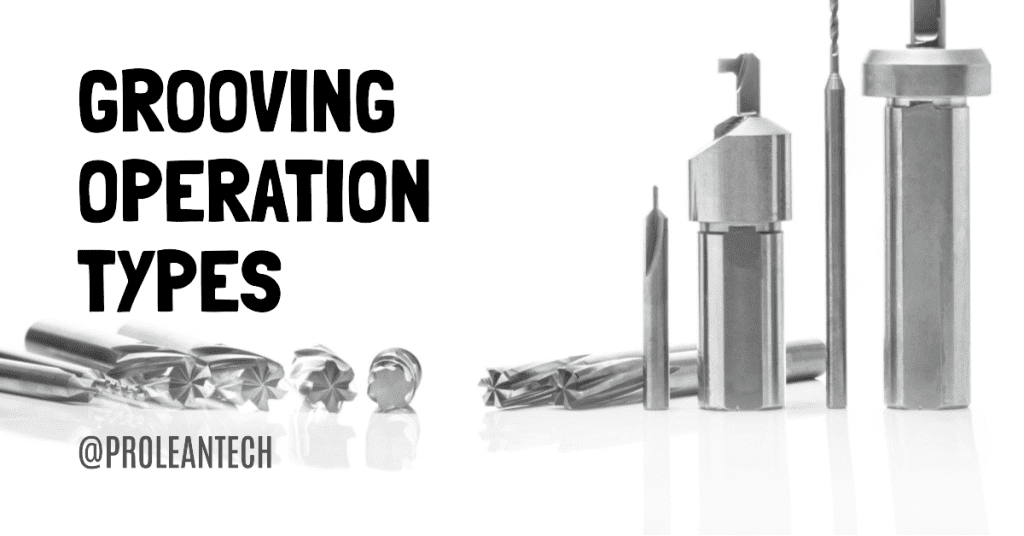
Understanding the types of grooving operations, from external and internal to axial, radial, and angular grooving, can offer a richer perspective on this manufacturing process. This article aims to provide a comprehensive overview of types of grooving operations, illuminating their unique characteristics and applications.
Grooving Operations
Before talking about the specific types of grooving operations, it’s essential to understand what grooving entails. In machining, grooving refers to the process of creating a recess in a workpiece using a cutting tool. These operations are typically conducted on a lathe, a machine that rotates the workpiece on its axis while the cutting tool shapes it.
Why Grooving?
Grooving operations hold a significant place in the manufacturing industry due to their versatility and functionality. Let’s delve deeper into the reasons why grooving operations are indispensable.
- Creating Specific Features
One of the primary reasons grooving operations are performed is to create specific features on a workpiece. These features could be functional, such as grooves for sealing rings in hydraulic or pneumatic cylinders in engine parts, or aesthetic, such as decorative grooves on a metallic surface. This ability to craft distinct features gives manufacturers the flexibility to create a vast array of components with varied designs and functionalities.
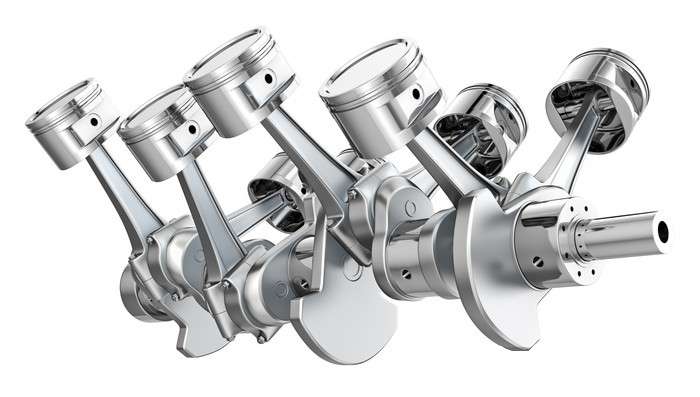
- Preparation for Subsequent Operations
Grooving also serves as a preparatory step for other machining operations. For instance, a deep groove can be cut into a workpiece before parting it off. This process allows for a more accurate and cleaner cut during the parting operation. Similarly, a groove can be cut as a guide for drilling or boring operations, ensuring precision and alignment.
- Facilitating Parting Operations
Parting, also known as cut-off, is a process where a workpiece is cut into separate pieces while it’s rotating on a lathe. Grooving operations are often performed before parting to reduce the contact area between the cutting tool and the workpiece. This process minimizes the heat generated during parting, ultimately prolonging the tool’s life and ensuring a cleaner cut.
- Enhancing Functionality and Aesthetics
Grooving operations can significantly enhance both the functionality and aesthetics of a component. For instance, grooves can serve functional purposes like accommodating seals, O-rings, wiring, or other components. On the aesthetic front, grooves can add a layer of visual appeal to the piece, creating patterns or textures that enhance its overall look.
- Achieving High Precision and Consistency
Grooving operations, especially when prefight precision and consistency. They allow for the creation of grooves with exact dimensions and depths, ensuring each piece produced is consistent with the last. This consistency is crucial in large-scale manufacturing where hundreds or thousands of identical parts are produced.
External and Internal Grooving
External and internal grooving are two distinct types of grooving operations that serve specific purposes in the manufacturing process. Let’s examine each of them in detail.
1. External Grooving
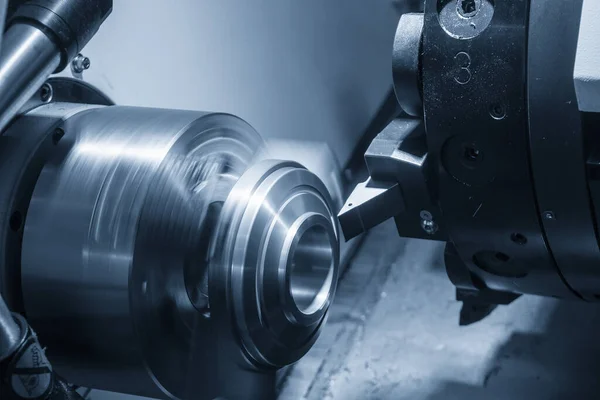
External Grooving
External grooving is the process of cutting grooves or recesses on the external surface of a workpiece. This operation is typically performed on a lathe where the workpiece is rotated while a stationary cutting tool is moved along its outer surface to cut the groove.
Key Characteristics of External Grooving:
- Location: The groove is cut on the external or outer surface of the workpiece.
- Tool Position: The cutting tool is usually positioned outside the workpiece.
- Applications: External grooving is commonly used for creating functional features such as O-ring grooves or oil grooves on shafts, or for enhancing the aesthetic appeal of a part.
2. Internal Grooving

Internal Grooving
Internal grooving, on the other hand, involves cutting grooves on the inside diameter of a hollow workpiece or a hole. This process requires a specially designed tool capable of reaching inside the workpiece to cut the groove.
Key Characteristics of Internal Grooving:
- Location: The groove is cut on the internal or inner surface of a hollow workpiece or hole.
- Tool Position: The cutting tool is usually positioned inside the workpiece.
- Applications: Internal grooving is typically used for creating grooves inside pipes, tubes, or other cylindrical parts. These grooves can serve functional purposes such as housing sealing rings in hydraulic cylinders, or preparing the workpiece for subsequent operations like boring or drilling.
Table: Comparison of External and Internal Grooving
| Comparison basis | External Grooving | Internal Grooving |
|---|---|---|
| Location of Groove | Outer surface | Inner surface |
| Position of Cutting Tool | Outside | Inside |
| Typical Applications | O-ring grooves on shafts, decorative features | Sealing ring grooves in hydraulic cylinders, preparation for drilling or boring |
| Required Tool Design | Standard cutting tool | Special tool to reach inside the workpiece |
Axial, Radial, and Angular Grooving
Just like external and internal grooving, axial, radial, and angular grooving refer to different types of grooving operations that are defined by the direction of the groove relative to the workpiece. Each type of grooving serves a specific purpose in the manufacturing process and offers unique advantages.
1. Axial Grooving
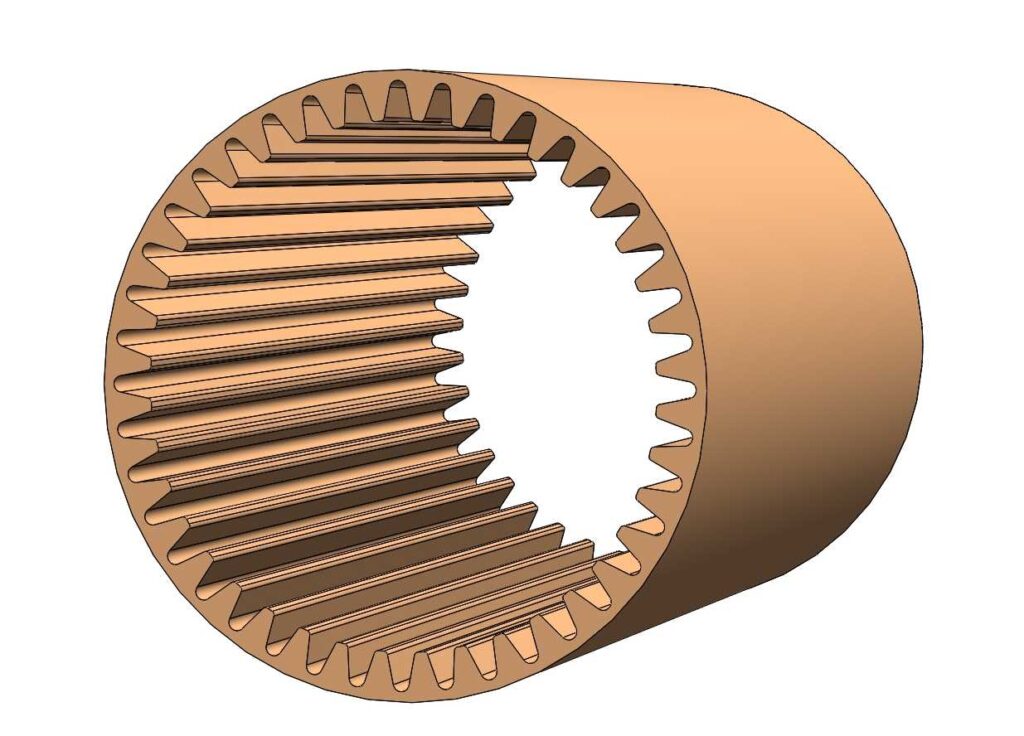
Axial grooving involves creating a groove parallel to the axis of the workpiece. This type of grooving operation is commonly used when machining cylindrical parts such as shafts or rods, where the groove runs along the length of the part.
Key Characteristics of Axial Grooving:
- Direction: The groove is cut parallel to the axis of the workpiece.
- Applications: Axial grooving is used in applications where a longitudinal groove is required, such as keyways in shafts or channels for fluid flow in hydraulic components.
2. Radial Grooving
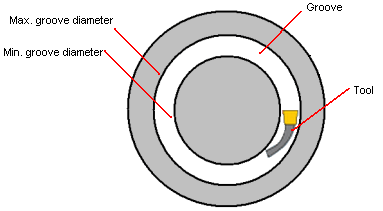
In radial grooving, the groove is cut perpendicular to the axis of the workpiece, effectively radiating out from the center of a cylindrical part. This type of grooving operation is often used for creating features like O-ring grooves or oil grooves on the outer or inner diameter of cylindrical parts.
Key Characteristics of Radial Grooving:
- Direction: The groove is cut perpendicular to the axis of the workpiece.
- Applications: Radial grooving is commonly used for creating sealing or oil grooves on the diameter of parts like shafts, pipes, or tubes.
3. Angular Grooving

Angular grooving, as the name suggests, involves cutting a groove at an angle to the axis of the workpiece. This type of grooving operation is used when a specific angular feature is required on a part, such as a dovetail groove for a locking mechanism.
Key Characteristics of Angular Grooving:
- Direction: The groove is cut at an angle to the axis of the workpiece.
- Applications: Angular grooving is often used for creating angled features like dovetail grooves or for decorative purposes.
Table: Comparison of Axial, Radial, and Angular Grooving
| Axial Grooving | Radial Grooving | Angular Grooving | |
|---|---|---|---|
| Direction of Groove | Parallel to the axis | Perpendicular to the axis | At an angle to the axis |
| Typical Applications | Keyways in shafts, channels for fluid flow | O-ring grooves on diameters, oil grooves | Dovetail grooves, decorative features |
Choosing the right type of grooving operation – axial, radial, or angular – depends on the specific requirements of the part being manufactured. Understanding these differences is crucial to achieving the desired functionality and aesthetics in the final product.
CNC Grooving at Prolean
At ProleanTech, we pride ourselves on providing top-tier CNC grooving that delivers precision, efficiency, and high-quality results. Our state-of-the-art CNC turning machines, coupled with our skilled and experienced machinists, ensure that we can handle complex and precise grooving operations, be they axial, radial, or angular. We understand that each grooving operation has its unique requirements, and we tailor our approach to meet these specifications, ensuring each part is crafted to exact measurements.
Our CNC Grooving service serves a wide range of industries, from automotive and aerospace to electronics and medical devices. We recognize the importance of customized solutions in these industries, and our team is adept at creating tailored strategies for each project. Whether you require grooving for sealing mechanisms, decorative features, or fluid channels, our team at ProleanTech is equipped to deliver.
Conclusion
There are also different types of grooving techniques that manufacturers can choose from, including axial, radial, and angular techniques. Axial grooving is performed parallel to the axis of rotation of the workpiece. Radial grooving is performed perpendicular to the axis of rotation of the workpiece. Angular grooving is performed at an angle to the axis of rotation of the workpiece.
With such a diverse range of grooving techniques available, manufacturers are able to create a wide range of components with the precision and flexibility needed to meet their specific requirements.
FAQ’s
What are the different types of grooving operations?
Grooving operations can be categorized into external and internal grooving, as well as axial, radial, and angular grooving. Each type is used for different applications and requires specific tools and techniques.
Why is grooving important in manufacturing?
Grooving is a vital process in manufacturing as it helps in creating precise features on parts, such as sealing surfaces, lubrication paths, and decorative finishes. It’s often used in various industries, including automotive, aerospace, and electronics.
What is the difference between axial, radial, and angular grooving?
Axial grooving is performed parallel to the workpiece’s axis, radial grooving is done perpendicular to the axis, and angular grooving involves cutting grooves at a specific angle.
How does CNC machining enhance grooving operations?
CNC machining brings high precision, repeatability, and efficiency to grooving operations. It allows for tight control over dimensions and can handle complex grooving tasks, making it a preferred choice for large-scale production.




So nicely described the Grooving Operations. Can a CNC Mill perform internal grooving?
Yes, with right tooling CNC milling can craft the internal grooves on differed materials
¡Gran artículo sobre las operaciones de ranurado! Tengo un proyecto que requiere ranuras internas precisas en tubos de acero inoxidable. ¿ProleanTech puede manejar este tipo de operaciones especializadas y qué tolerancias pueden alcanzar?
¡Gracias por tu pregunta! Sí, ProleanTech puede manejar ranurados internos precisos en tubos de acero inoxidable. Utilizamos máquinas CNC avanzadas que logran tolerancias ajustadas, típicamente dentro de ±0.02 mm. Para más detalles o discutir las especificaciones de tu proyecto, por favor contáctanos.
Your article helped me a lot, can you suggest some tips for chip control during the internal grooving?
Sure, there are three major areas to control the chip;
1. Optimize Cutting Parameters: Adjust feed rate and cutting speed to balance chip formation. Slower speeds and higher feeds often help break chips into manageable lengths.
2. Use Chip Breakers: Choose inserts with chip breaker geometries designed for internal grooving, as they promote controlled chip curls and reduce the risk of clogging.
3. Apply Coolant Properly: Use high-pressure coolant directed at the cutting edge to aid in chip evacuation and prevent chips from accumulating in the groove.